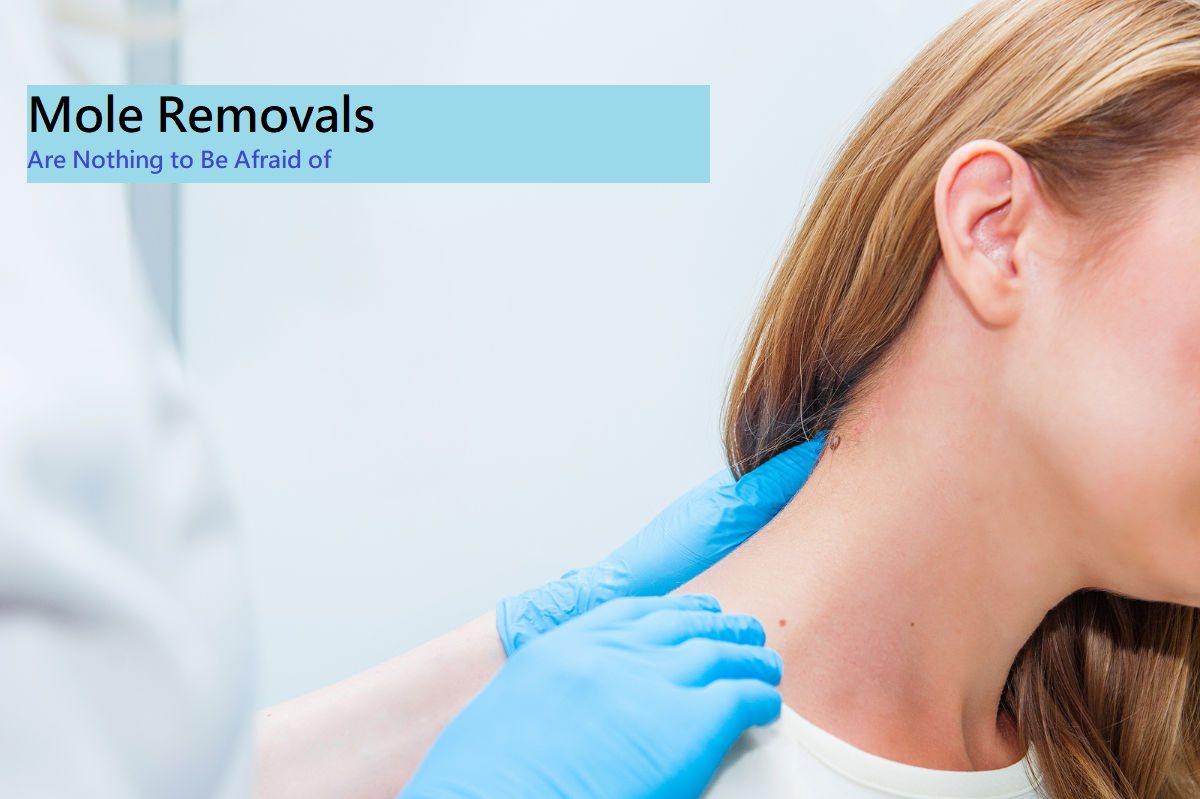Do you have some problematic moles that need to go? Whether you’re removing a mole for aesthetic purposes or you’re nervous that it could cause health problems down the line, it’s time for a mole removal procedure.
Mole removals are common, easy, and effective, but it’s normal to feel nervous about it. After all, it’s still a medical procedure (even if it’s simple).
We’re here to put your mind at ease by explaining what happens during a mole removal procedure and what you can expect from the process. Keep reading to learn more.
When Do You Need Mole Removals?
While some people may find them aesthetically bothersome, moles are normal. You’ll have some moles from birth, but they can also appear as you get older. Moles that appear throughout adulthood aren’t a cause for concern unless they display certain signs.
If your moles grow larger in size, become asymmetrical, or grow hairs, it might be time to talk to a professional. These can be signs of melanoma. A dermatologist might recommend removal even if the spots don’t appear to be cancerous.
You can also get a mole removal if you simply don’t like the appearance of the mole.
What Happens During the Procedure?
So how are moles removed?
The procedure is simple. Once you’ve determined that you’d like a mole removed, you’ll talk to a great dermatologist (like award-winning dermatologist, Dr. Johnny Gurgen), about how to proceed.
There are two potential ways to remove a mole. The first is shaving it off and the second is surgical removal. The dermatologist may recommend one over the other.
Shaving is quick and easy for smaller and flatter moles. You get a local anesthetic injected into the area and the dermatologist will use a sharp blade to scrape away the mole. You don’t need stitches.
Surgical removal is the best choice for larger moles. The dermatologist will use a local anesthetic to numb the area before using a scalpel to cut the mole out. Make sure you visit a reputed one at cliniccleo.com.
What’s the Aftercare Like?
After your procedure, you’ll need to take care of the healing skin. Remember, this is a wound. You will end up with a scar, but with proper care, the scar should lighten and flatten over time.
If you’ve had a non-surgical removal, aftercare is easy. Leave the bandage on the removal site until you’re able to clean the area. Clean it with a gentle cleanser several times per day until it heals and be sure to use a healing ointment to protect the skin.
For surgical removal, you want to avoid disrupting the stitches. Leave the area dry for 24 hours unless otherwise directed.
Clean with a gentle cleanser and water and consider using antibiotic cream.
Mole Removals Are Nothing to Be Afraid of
You might be nervous, but mole removals are simple outpatient procedures. You shouldn’t feel much pain during the procedure itself and you’ll be rid of your problematic mole in minutes.
Don’t hesitate to talk to a dermatologist today.
For more helpful articles about health and more, visit the rest of our site.




